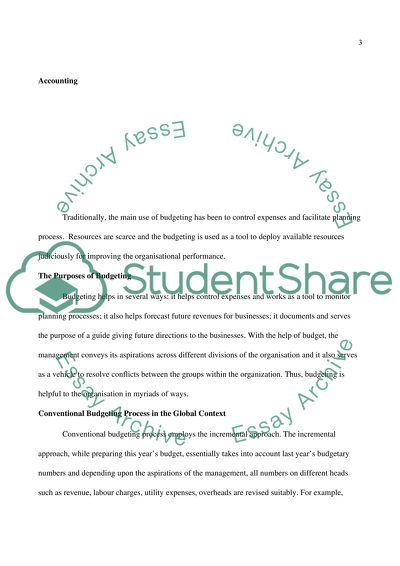Cite this document
(“The Purposes of Budgeting Essay Example | Topics and Well Written Essays - 1500 words”, n.d.)
The Purposes of Budgeting Essay Example | Topics and Well Written Essays - 1500 words. Retrieved from https://studentshare.org/finance-accounting/1473078-accounting
The Purposes of Budgeting Essay Example | Topics and Well Written Essays - 1500 words. Retrieved from https://studentshare.org/finance-accounting/1473078-accounting
(The Purposes of Budgeting Essay Example | Topics and Well Written Essays - 1500 Words)
The Purposes of Budgeting Essay Example | Topics and Well Written Essays - 1500 Words. https://studentshare.org/finance-accounting/1473078-accounting.
The Purposes of Budgeting Essay Example | Topics and Well Written Essays - 1500 Words. https://studentshare.org/finance-accounting/1473078-accounting.
“The Purposes of Budgeting Essay Example | Topics and Well Written Essays - 1500 Words”, n.d. https://studentshare.org/finance-accounting/1473078-accounting.


